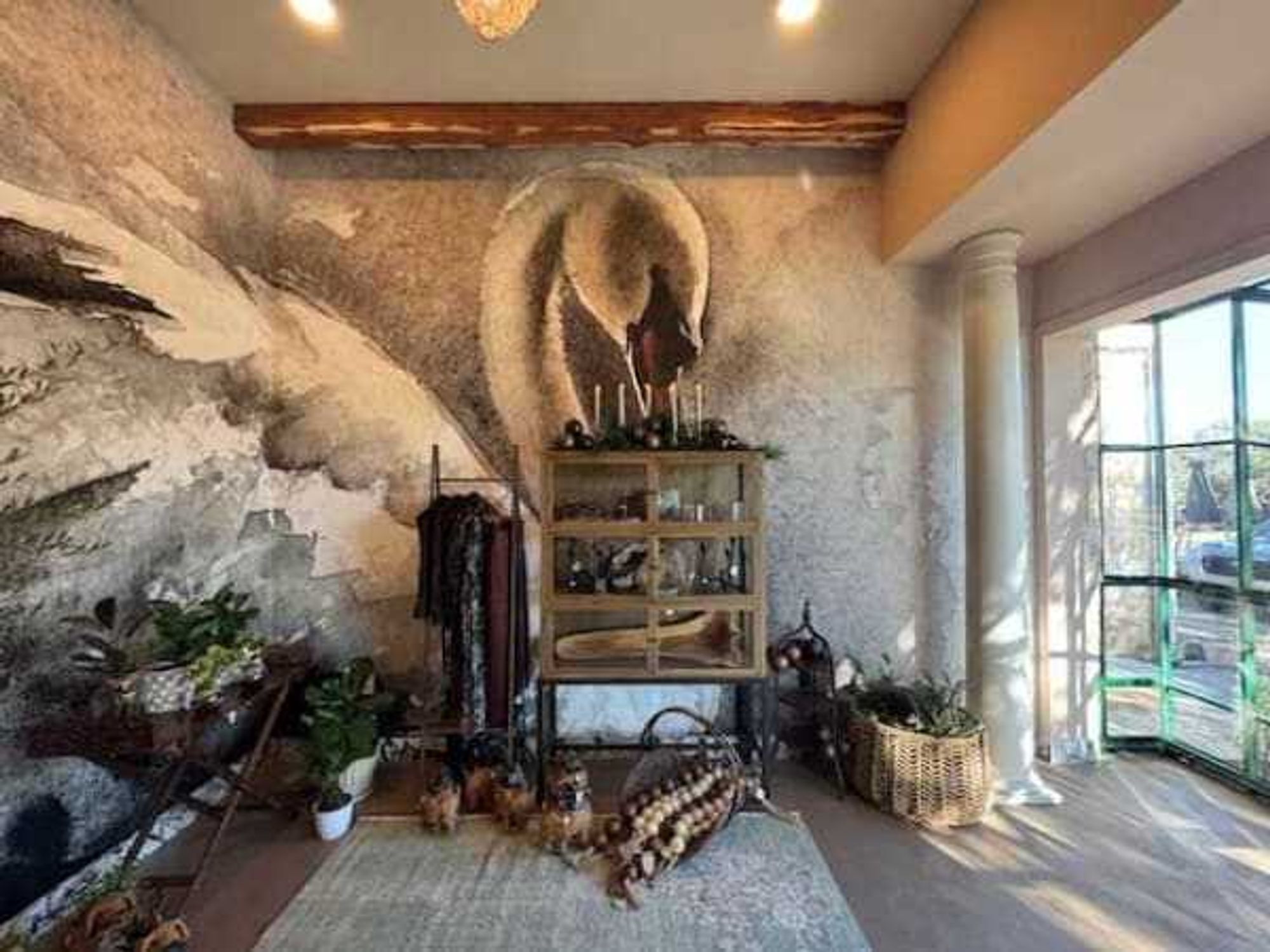Reality bites
Hulu show The Fashion Fund does it better than Project Runway with all-starjudges and serious new talent
When it comes to TV shows, I have commitment issues. A few months ago, my on-again off-again relationship was with the critically acclaimed series Boardwalk Empire on HBO. Before that, it was The Wire.
I started both of them, made a significant dent in my HBO Go watchlist, and gave up. I think the last TV show I watched from start to finish was 24, and since then I just haven’t been able to follow through on anything else. This isn’t a reflection of the quality of the shows as much as simply my own lack of motivation. I get bored quickly and easily, and for some reason TV shows fail to hold my attention as much as books do.
All of that being said, I spent the last six weeks or so watching one of the better TV shows that I’ve seen in awhile: The Fashion Fund. Interestingly enough, the six-part series isn’t even really a TV show: it was produced and distributed exclusively through the online streaming video giant Hulu.
In most instances, the glamorous and extravagant lifestyles of fashion professionals depicted in pop culture aren’t in any way reflective of what designers go through to obtain success in the real world. The Fashion Fund is one of the few shows that provides an accurate glimpse into the industry.
While I’m a fashion/style columnist who is pretty involved in the industry, my appreciation for the show extends far beyond that. The show isn’t as focused on clothes as it is telling a story about young, talented people who have dedicated much of their lives to fighting their way into one of the most cutthroat industries out there.
The Fashion Fund revolves around a program of the same name run by the Council of Fashion Designers of America and Vogue magazine. Each year, thousands of emerging designers from across the country drop their applications off at the CFDA offices in New York City. Some of the applicants are more successful and established than others, but all are required to have garnered some editorial coverage or have sold their products to key retailers. In other words, a design student fresh out of college can’t just submit a portfolio.
Then, the committee, which includes Vogue editor Anna Wintour, designer Diane Von Furstenberg, Theory CEO Andrew Rosen and previous winners Lazaro Hernandez and Jack McCollough of Proenza Schouler, selects 10 finalists. Being a finalist alone propels these designers into the national spotlight, with editorial coverage in Vogue and business and design consultation from the board.
From there, a winner is chosen and receives a $300,000 cash prize, and two runners-up are chosen who each receive a $100,000 cash prize. All three receive year-long mentorships from board members and other industry heavy-hitters.
The fund is probably the best thing that has happened to the industry within the last decade. While a designer can have all the talent in the world, it’s almost impossible to get your foot in the door and secure the financial backing and quality production means necessary to get into America’s major retailers. In recent years, as more manufacturing has moved overseas and major luxury goods holding groups have bought up more of the industry, it’s become even harder, and that’s why the fund was created.
Some of today’s hottest and most successful brands, including Rag & Bone, Band of Outsiders, Simon Spurr, Alexander Wang, Prabal Gurung, Marchesa and Thom Browne, have all been part of the competition.
The Hulu series, released in February, profiles the 10 finalists in this year’s competition as they go through the advising and showcasing processes that ultimately lead to the announcement of the winners.
In the very first episode, Carlos Campos receives a phone call from the CFDA informing him of his selection as a finalist, and begins to tear up as he explains his humble upbringing in Honduras, where he learned tailoring skills from his father.
A few episodes later, Christopher Peters of Creatures of the Wind says that he hates when he can’t afford to eat because of the money they spend on fabrics. Later, Andrew Rosen of Theory explains to Peters and his partner Shane Gabier that some of their prices are too high, and sometimes quality must be sacrificed slightly to save costs.
It seems that, as of late, the American public is fascinated with the fashion industry. In most instances, the glamorous and extravagant lifestyles of fashion professionals depicted in pop culture aren’t in any way reflective of what designers go through to obtain success in the real world. The Fashion Fund is one of the few shows that provides an accurate glimpse into the industry, and if you’re interested in seeing real talent develop, it’s worth a watch.

 The exterior of Éscolática looks as whimsical is it does European. Photo courtesy of Éscolática Floral Atelier & Boutique
The exterior of Éscolática looks as whimsical is it does European. Photo courtesy of Éscolática Floral Atelier & Boutique